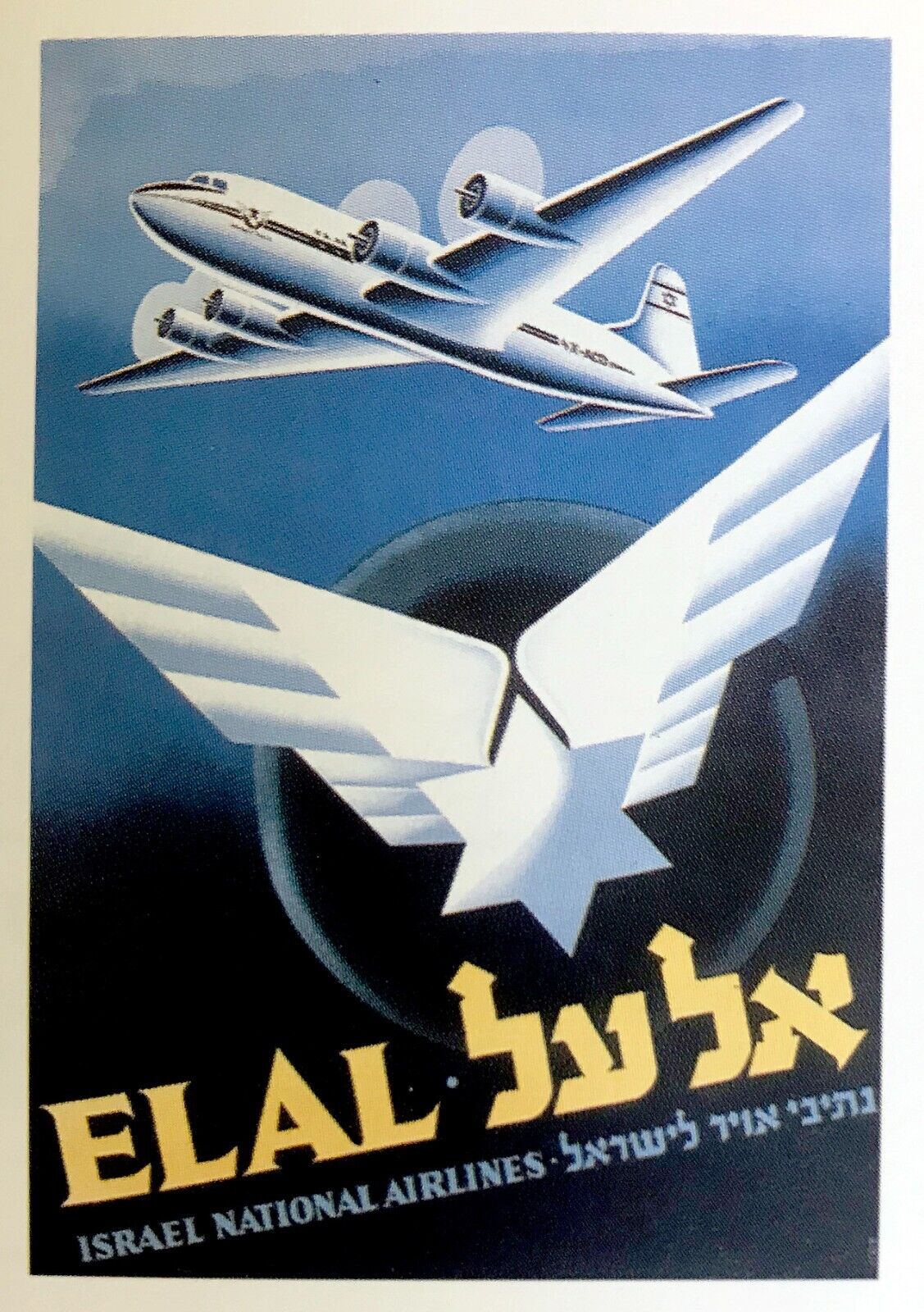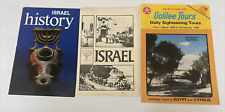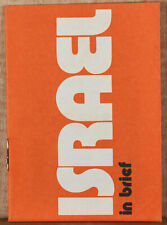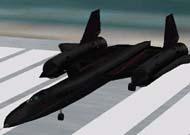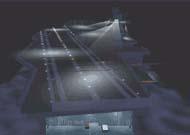When you click on links to various merchants on this site and make a purchase, this can result in this site earning a commission. Affiliate programs and affiliations include, but are not limited to, the eBay Partner Network.
DESCRIPTION : Here for sale is a richly illustratedHEBREWBOOK - ALBUM - LEXICON which consists of a PROFUSION of literaly MANY HUNDREDS ILLUSTRATED artifacts , Representing the 1950\'s amd 1960\'s in ERETZ ISRAELbeing aGENUINE TREASURE of NUMEROUS illustrated and photographedHISTORICAL JUDAICA ZIONIST ITEMS and IMAGERY EPHEMERA arranged in quite a poetic way in an Alphabet order : Posters , Postcards , Cards, Books ( Titlepages ) , Photographs , Advertisements , Illustrations , Books, Newspapers, Periodicals, Documents , Emblems ,Badges, Stamps, Covers, Signes , Logos , New year ( Shana Tova ) Cards , Games, Toys , Card games, Boxes, Key chains, Chewing gum wrappers, Tzedakah Boxes , Caricatures, Illustrations, Graphic Designs ETC. A genuine TREASURE of JEWISH ZIONISMGRAPHIC IMAGERY from the 1950\'s and the 1960\'s . The PROFUSELY ILLUSTRATED ALBUM was published over 25 years ago in Israel is most definitelyOUT of PRINT , SCARCE and greatly SOUGHT AFTER . Original cloth imitation HC. Illustrated DJ. 8.5 x 11\" . 215 Thick chromo PP . Excellent condition. Clean. Tightly bound. Hardly used( Pls look at scan for accurate AS IS images )Will be sent inside a protective rigid packaging .PAYMENTS : Payment method accepted : Paypal & All credit cards .SHIPPMENT : SHIPP worldwide via registered airmail is $ 29 . Book will be sent inside a protective packaging . Handling around 5-10 days after payment.
.The widespread custom of sending Jewish New Year\'s cards dates to the Middle Ages, thus predating by centuries Christian New Year\'s cards, popular in Europe and the United States only since the 19 century. The custom is first mentioned in the Book of Customs of Rabbi Jacob, son of Moses *Moellin (1360–1427), the spiritual leader of German Jewry in the 14 century (Minhagei Maharil, first ed. Sabionetta, 1556). Based on the familiar talmudic dictum in tractate Rosh ha-Shanah 16b concerning the \"setting down\" of one\'s fate in one of the three Heavenly books that are opened on the Jewish New Year, the Maharil and other German rabbis recommended that letters sent during the month of Elul should open with the blessing \"May you be inscribed and sealed for a good year.\" Outside of Germany and Austria, other Jewish communities, such as the Sephardi and Oriental Jews, only adopted this custom in recent generations. The German-Jewish custom reached widespread popularity with the invention – in Vienna, 1869 – of the postal card. The peak period of the illustrated postcard, called in the literature \"The Postal Card Craze\" (1898–1918), also marks the flourishing of the Jewish New Year\'s card, produced in three major centers: Germany, Poland, and the U.S. (chiefly in New York). The German cards are frequently illustrated with biblical themes. The makers of Jewish cards in Warsaw, on the other hand, preferred to depict the religious life of East European Jewry in a nostalgic manner. Though the images on their cards were often theatrically staged in a studio with amateur actors, they preserve views and customs lost in the Holocaust. The mass immigration of the Jews from Eastern Europe to the United States in the first decades of the 20 century gave a new boost to the production of the cards. Some depicted America as the new homeland, opening her arms to the new immigrants, others emphasized Zionist ideology and depicted contemporary views of Ereẓ Israel. The Jews of 19 c. Ereẓ Israel (\"the old yishuv\"), even prior to the invention of the postal card, sent tablets of varying sizes with wishes and images for the New Year, often sent abroad for fundraising purposes. These tablets depicted the \"Four Holy Cities\" as well as holy sites in and around Jerusalem. A popular biblical motif was the Binding of Isaac, often taking place against the background of the Temple Mount and accompanied by the appropriate prayer for Rosh ha-Shanah. Also common were views of the yeshivot or buildings of the organizations which produced these tablets. In the 1920s and 1930s the cards highlighted the acquisition of the land and the toil on it as well as \"secular\" views of the proud new pioneers. Not only did this basically religious custom continue and become more popular, but the new cards attest to a burst of creativity and originality on the subject matter as well as in design and the selection of accompanying text. Over the years, since the establishment of the State of Israel, the custom has continued to flourish, with the scenes and wishes on the cards developing as social needs and situations changed. The last two decades of the 20 century have seen a decline in the mailing of New Year\'s cards in Israel, superseded by phone calls or internet messages. In other countries, especially the U.S., cards with traditional symbols are still commonly sent by mail, more elaborately designed than in the past. Thus, the simple and naïve New Year\'s card vividly reflects the dramatic changes in the life of the Jewish people over the last generations מאדמה לתפוז 2523


